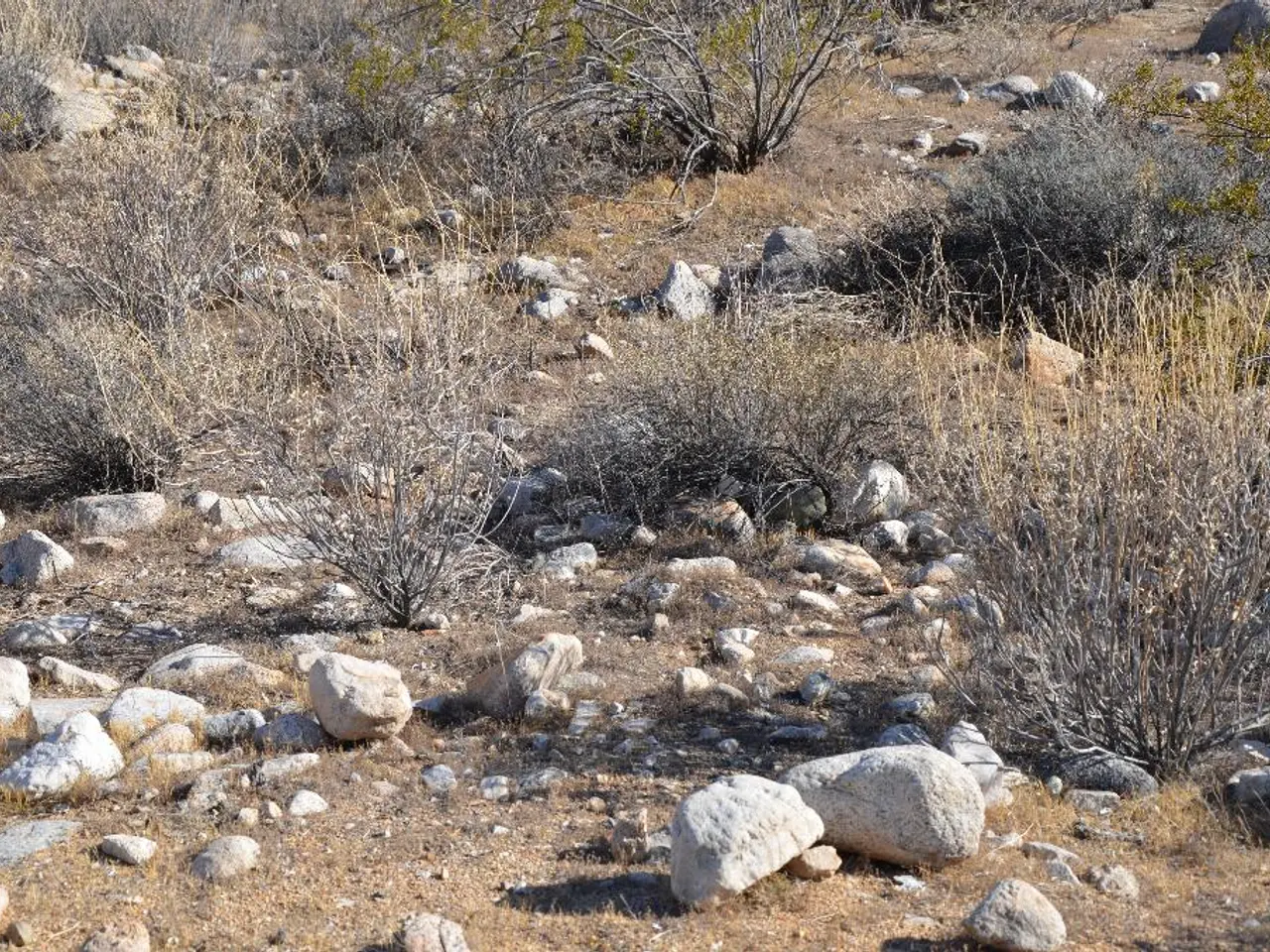Essential Autumn Garden Fertilizers: Don't Forget These Nourishment Options
Wood ash, a byproduct of burning wood, is more than just a pile of charcoal. This natural fertilizer is packed with essential nutrients such as potassium, calcium, phosphorus, and microelements, making it a valuable resource for your garden.
One of the key benefits of wood ash is its ability to fight fungal diseases. Its alkaline nature helps to create an environment that is unfavourable for fungi, thereby reducing the risk of these diseases in your garden.
In addition, wood ash plays a crucial role in reducing soil acidity. This is particularly beneficial for plants that thrive in slightly alkaline soil.
As the cold weather approaches, proper fall fertilization with wood ash can prepare your garden for winter. Combining wood ash with other fertilizers can help strengthen plants, making them more resilient against the harsh winter conditions.
But wood ash isn't just beneficial during the fall. Its effects extend into the spring, promoting active growth in your plants. In fact, its ability to improve soil structure and boost plant immunity means that it can be used throughout the year.
Wood ash is suitable for most garden plants, including berry bushes, fruit trees, roses, vegetables, and even certain hardy grasses like switchgrass, miscanthus, and blue moor grass. Some winter-hardy ground covers such as Mazus reptans and Andenpolster 'Azorella' can also be sown or planted in autumn to survive the winter and germinate or grow in the spring. These species, which tolerate cold, may require some protection depending on the variety.
Applying wood ash during fall tilling at a rate of 100-300 grams per square meter is recommended. However, it's important to note that excess ash can raise the pH level of the soil, so it's crucial to use it sparingly.
Wood ash can also be used as a liquid fertilizer. To do this, simply dissolve a small amount of ash in water and apply it to your plants.
So next time you're left with a pile of wood ash, remember that it's more than just a byproduct. It's a valuable resource for your garden, helping to improve soil health, strengthen plants, and promote growth.




